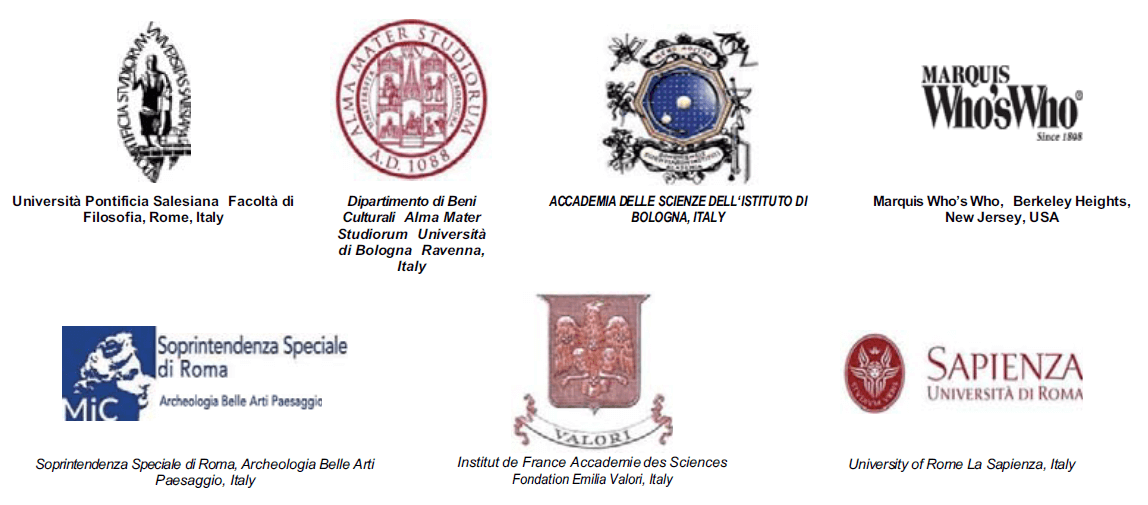Research project: “Charter on the Risk for Cultural Heritage conservation in bounded environments”
DOI:
https://doi.org/10.6092/issn.1973-9494/571Abstract
As for the objectives set by the Charter on the Risk of Cultural Heritage and of the Territorial Information System at a regional level and in particular concerning Sicily, the research is aimed at reaching two goals with an integral and consistent approach. The first objective is to collect the necessary information and to carry out an action plan in order to help the person in charge with the cultural unit (museum, library, archive, picture gallery) to reach and keep a good “status” of the cultural heritage and at the same time to keep a high quality of life and work in the cultural unit. The document which will be drafted will provide the basic and general information for the various areas of the working environment that are adjacent to each other. At the same time the document will provide guidelines for the safety and the conservation of the cultural collections of the museum and will have to be adapted to each cultural unit with specific features concerning the “system: manufactures with historical-artistic interest / or interesting for the conservation environment”. Some sites that are considered to be emblematic will be tested, and this is the second objective of the research, they will be carefully chosen as representative of the various, complex and variable logistic and cultural situations of our country and in particular of Sicily.Downloads
How to Cite
Meli, G., & Lorusso, S. (2004). Research project: “Charter on the Risk for Cultural Heritage conservation in bounded environments”. Conservation Science in Cultural Heritage, 4(1), 43–62. https://doi.org/10.6092/issn.1973-9494/571
Issue
Section
Articles
License
Copyright (c) 2004 Guido Meli, Salvatore Lorusso
Copyrights and publishing rights of all the texts on this journal belong to the respective authors without restrictions. Authors grant the journal right of first publication.
This journal is licensed under a Creative Commons Attribution 4.0 International License (full legal code).
See also our Open Access Policy.






